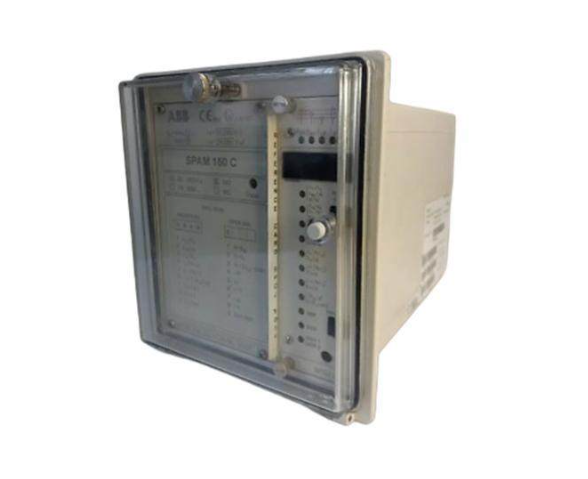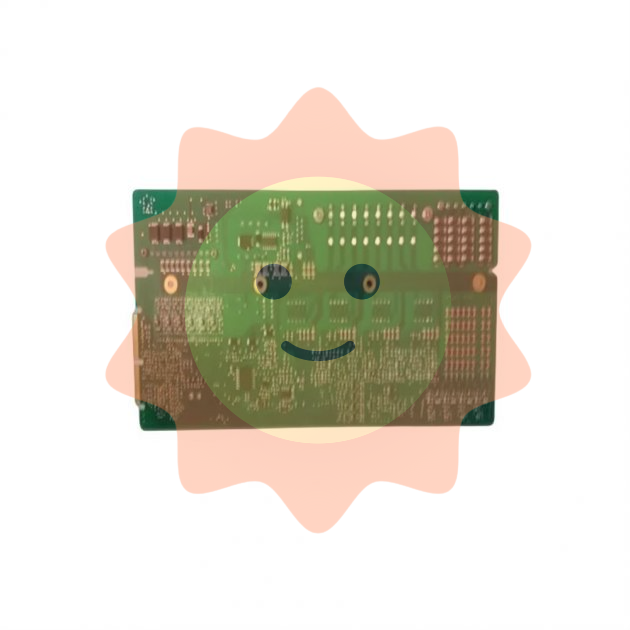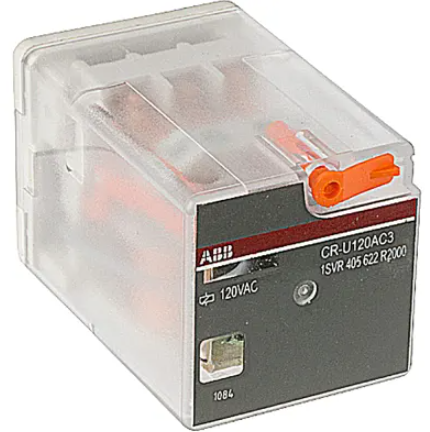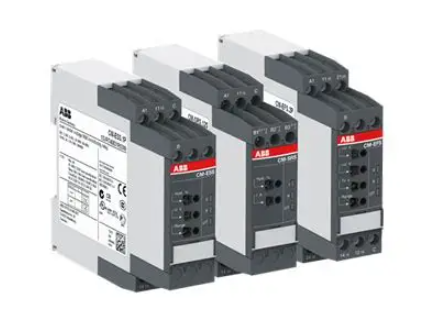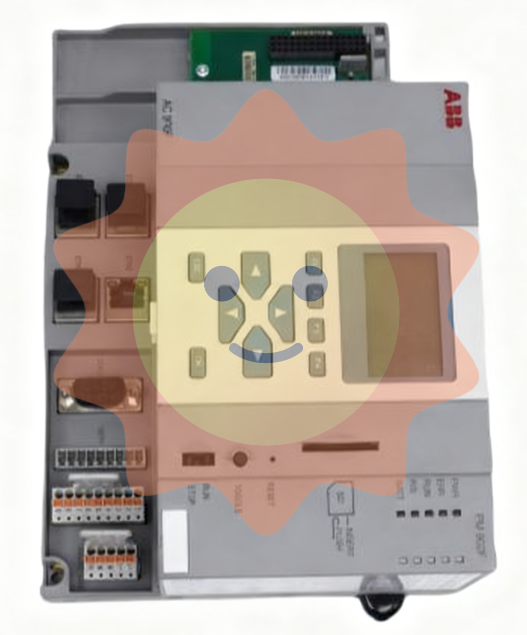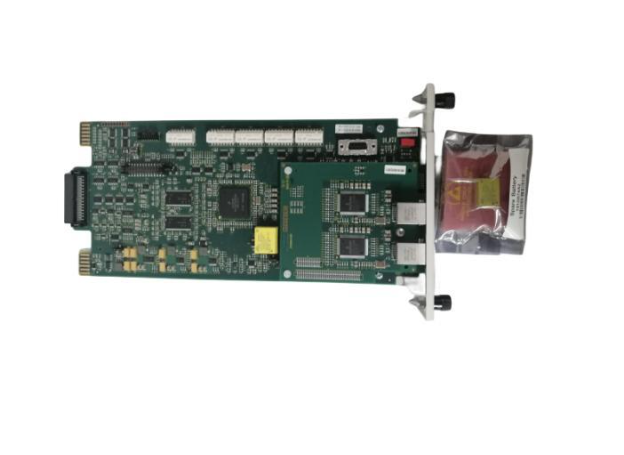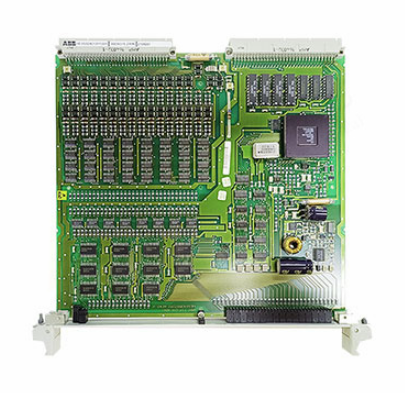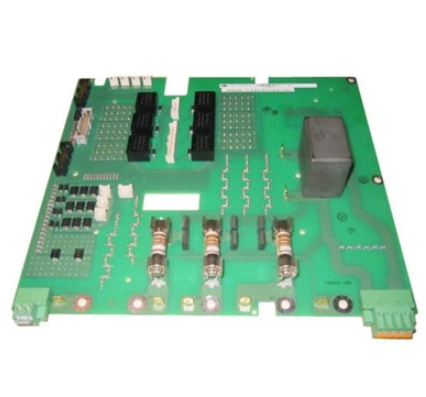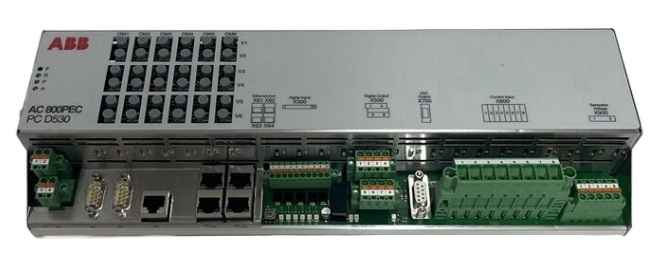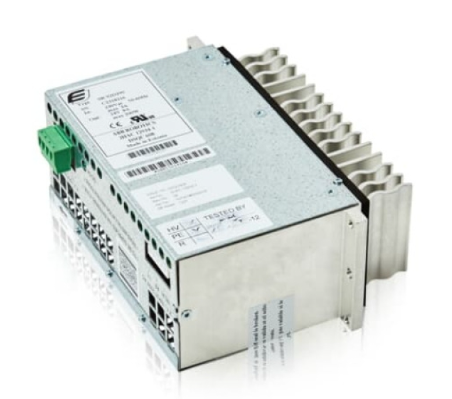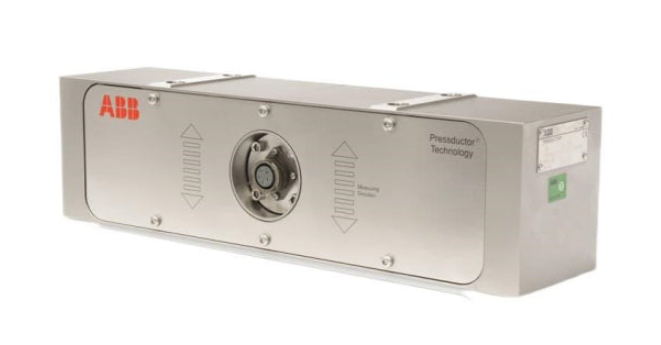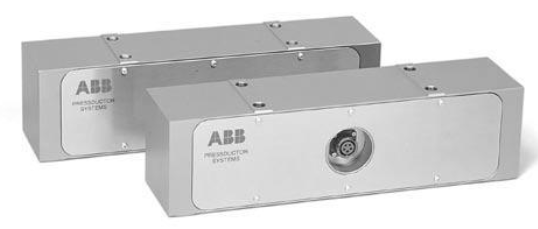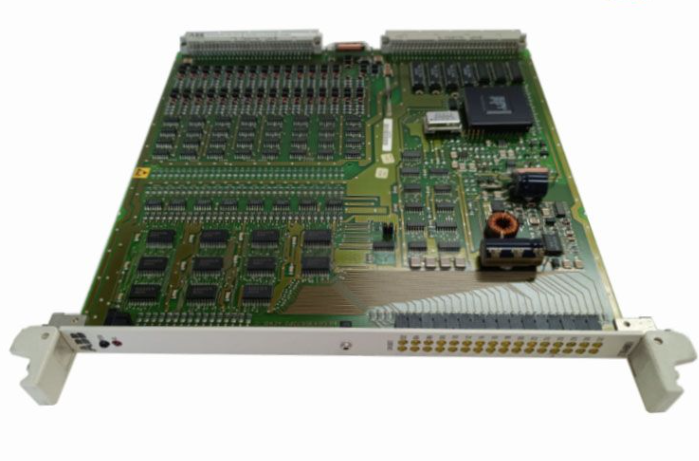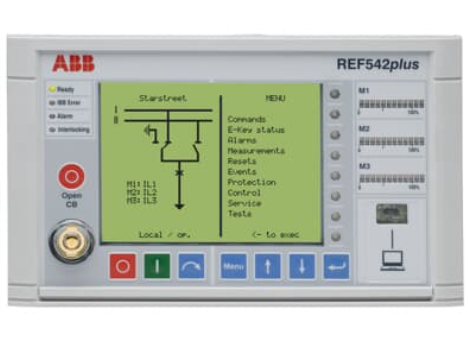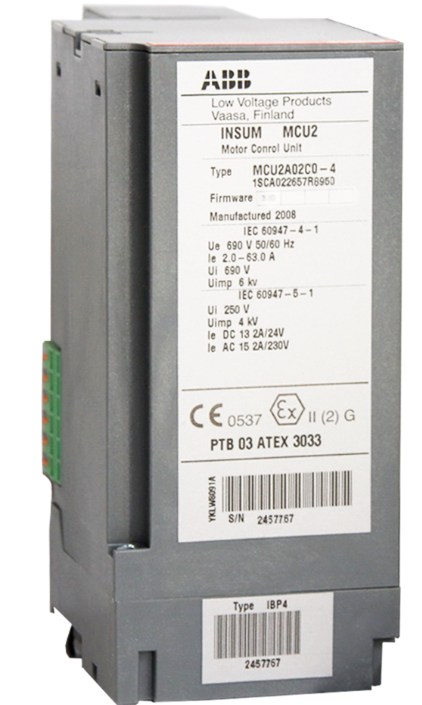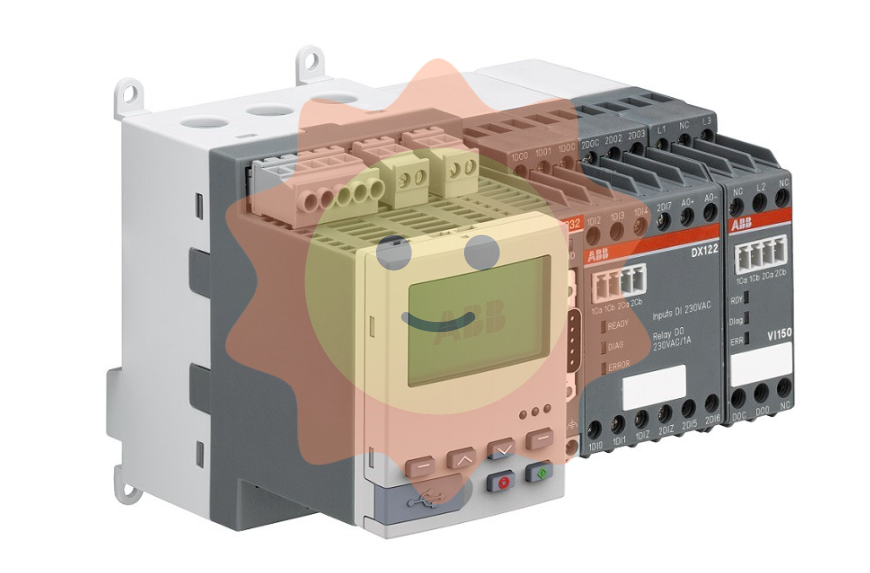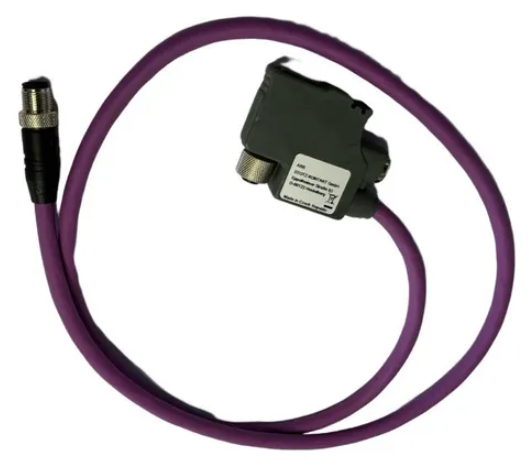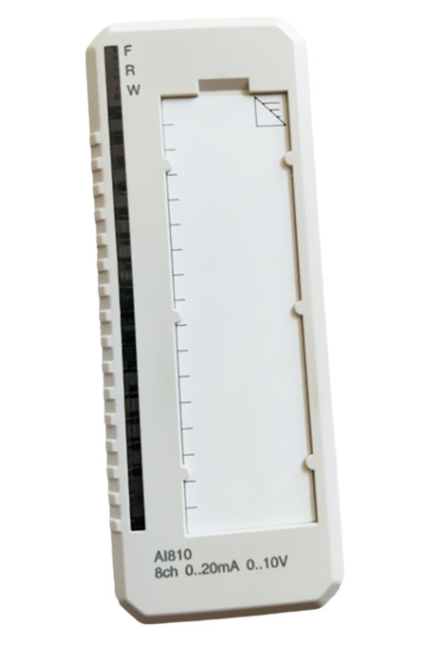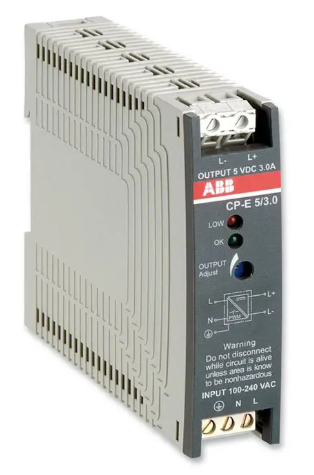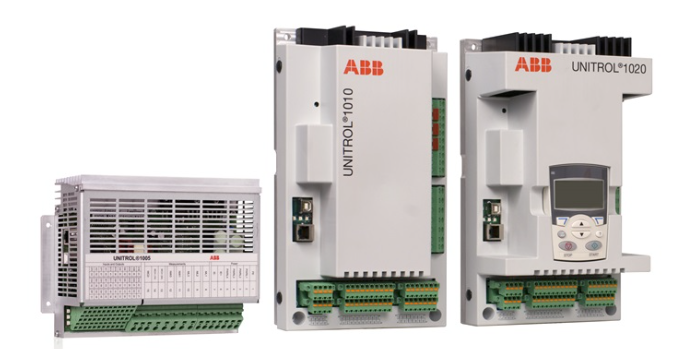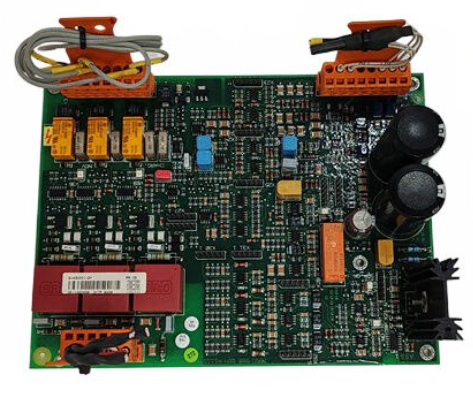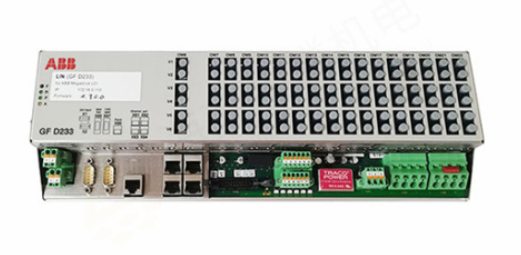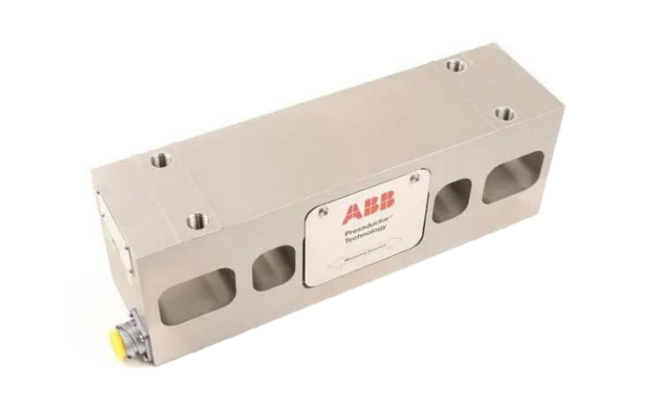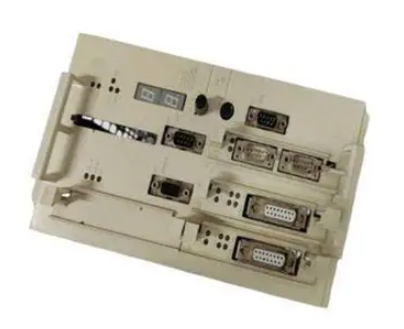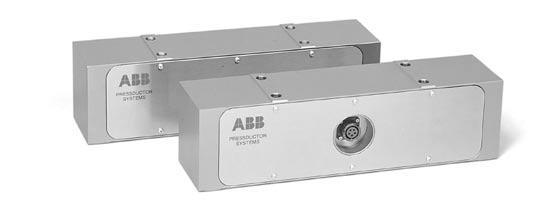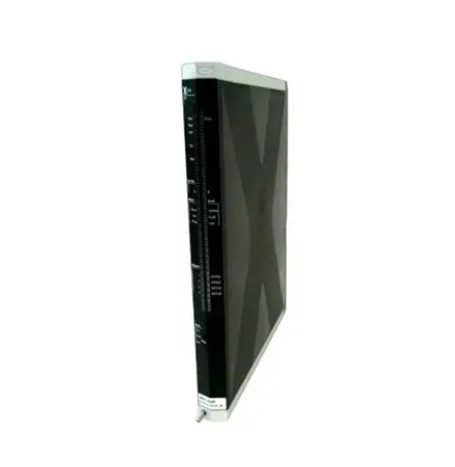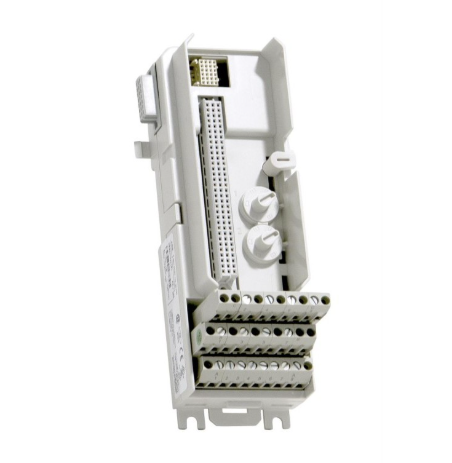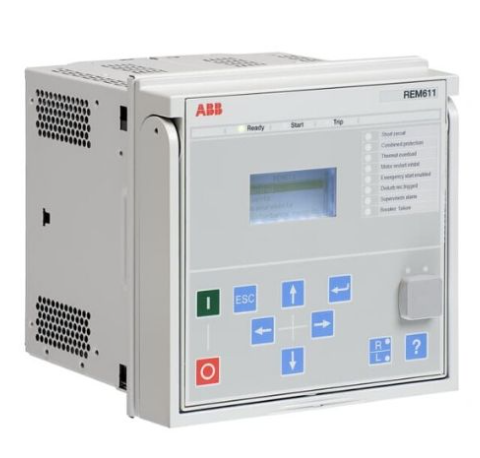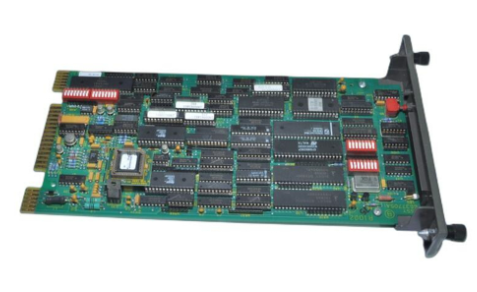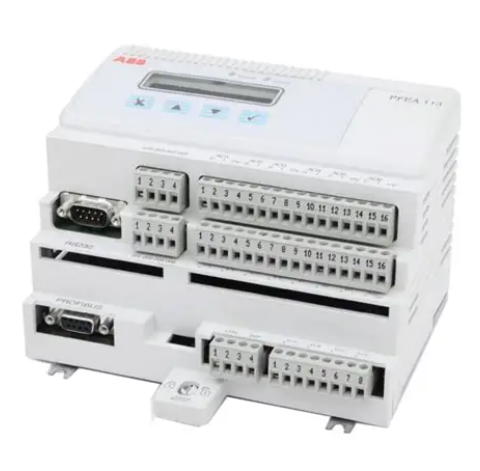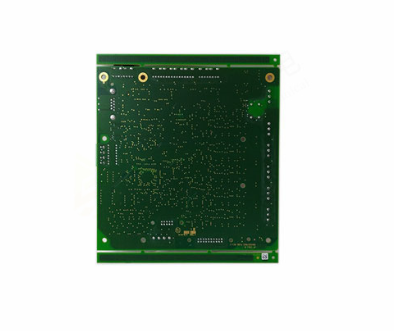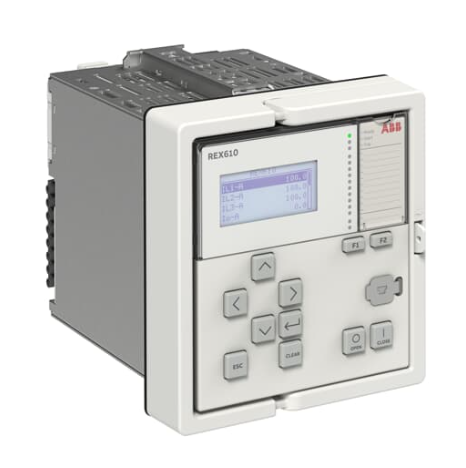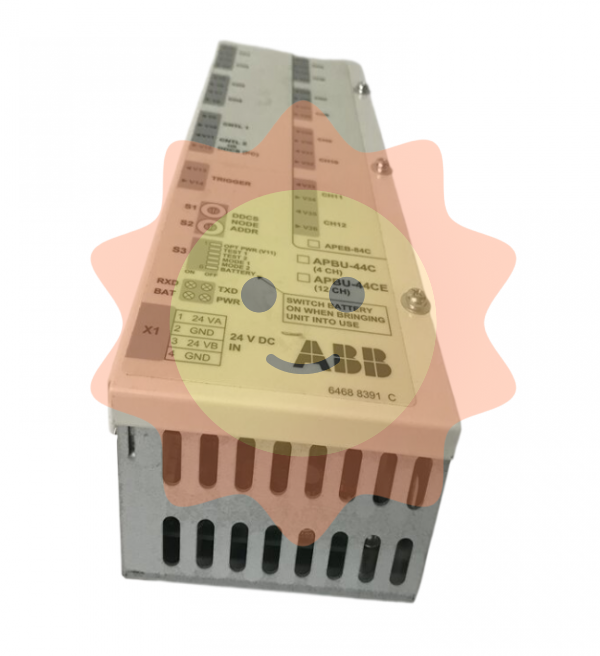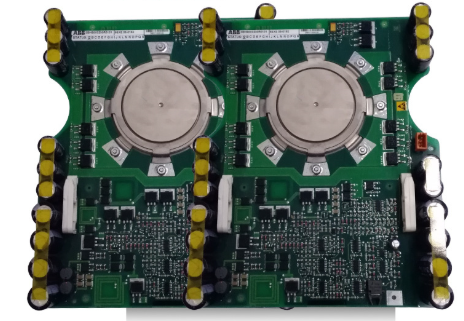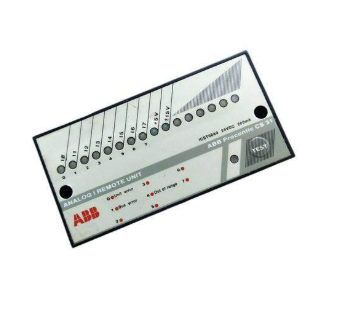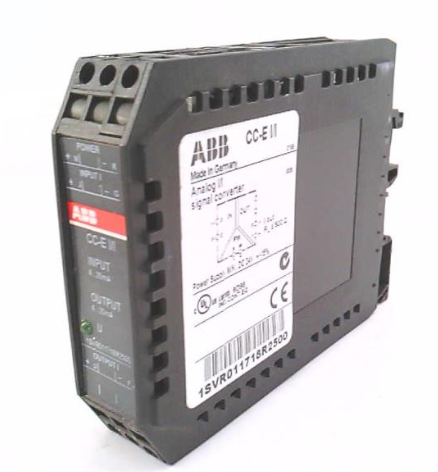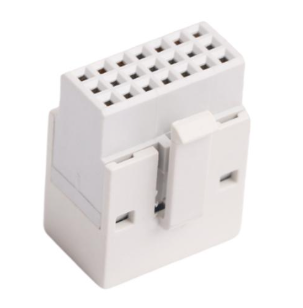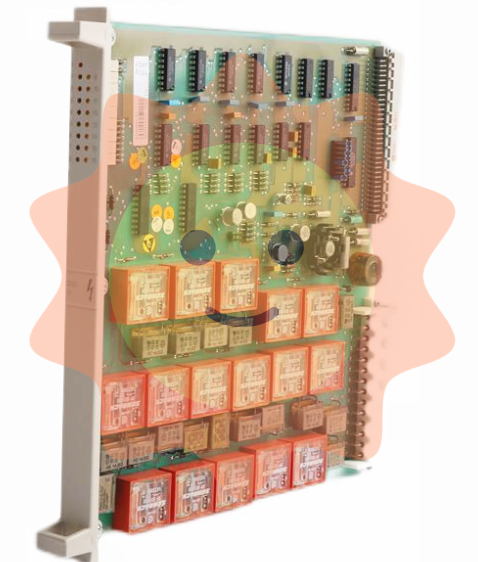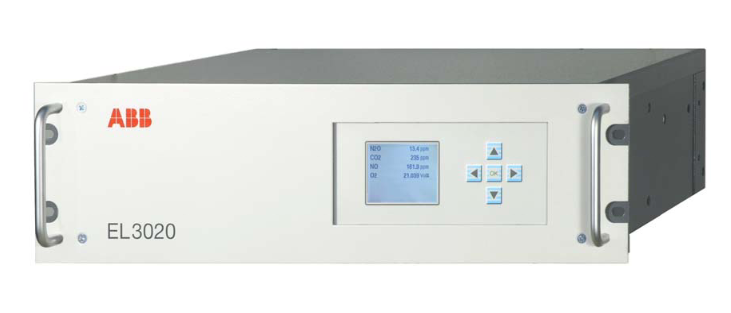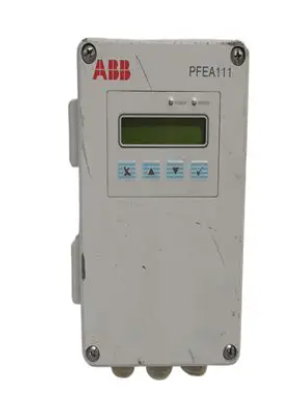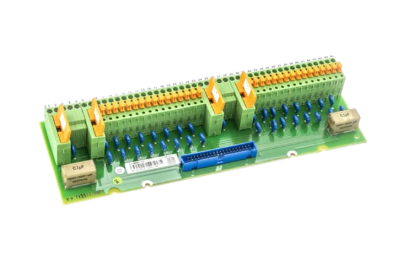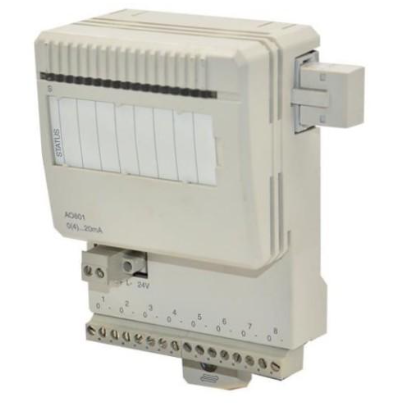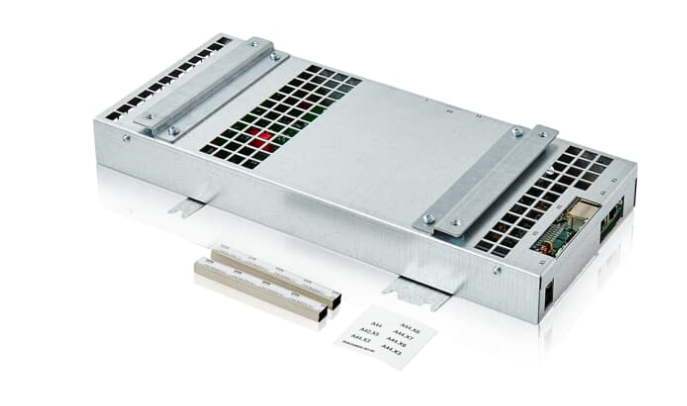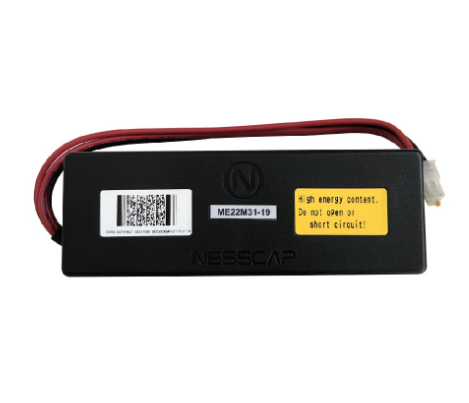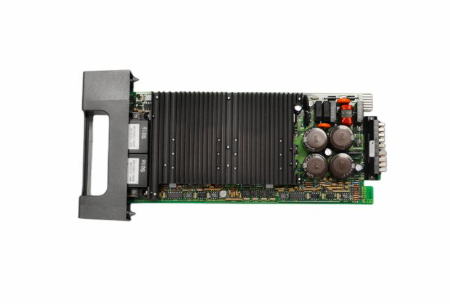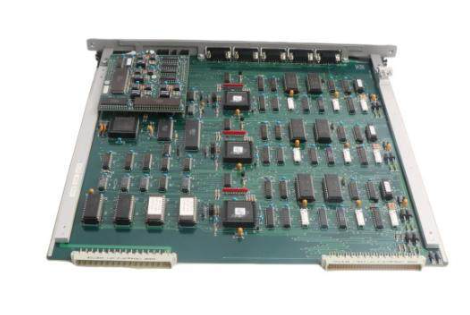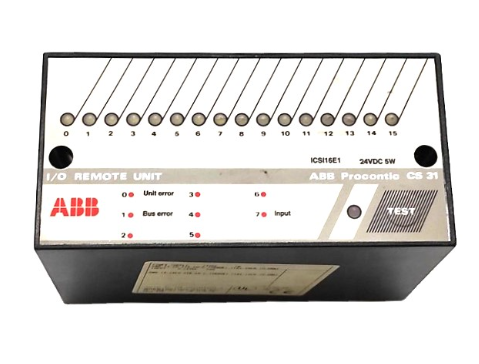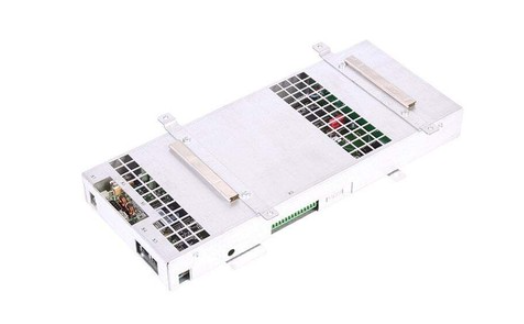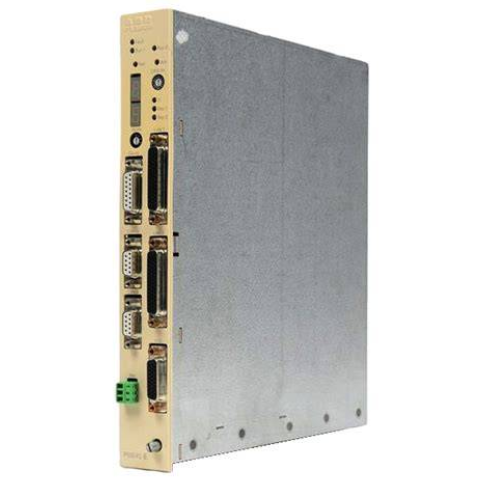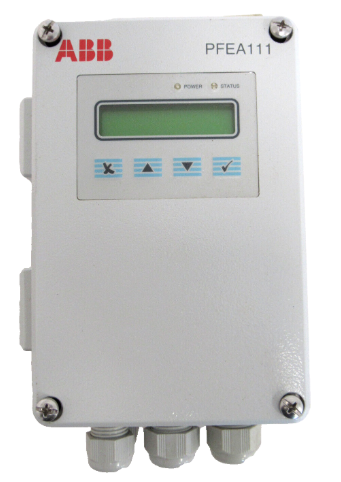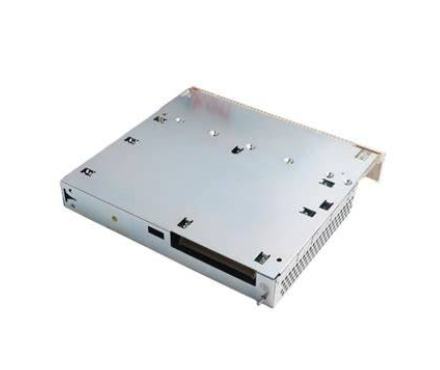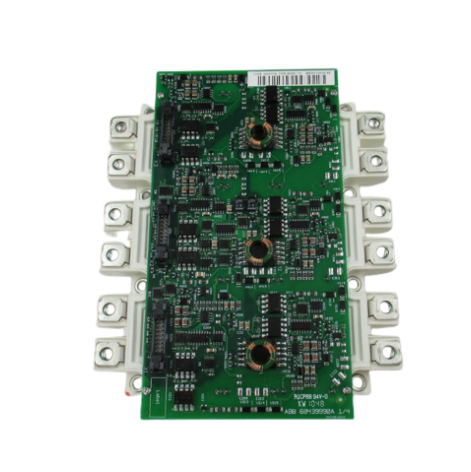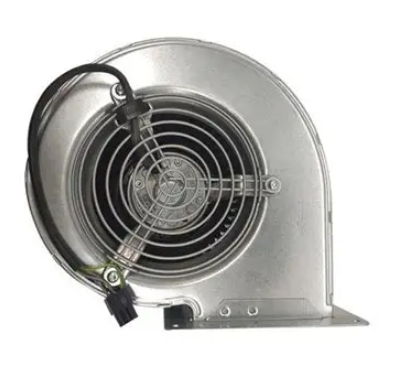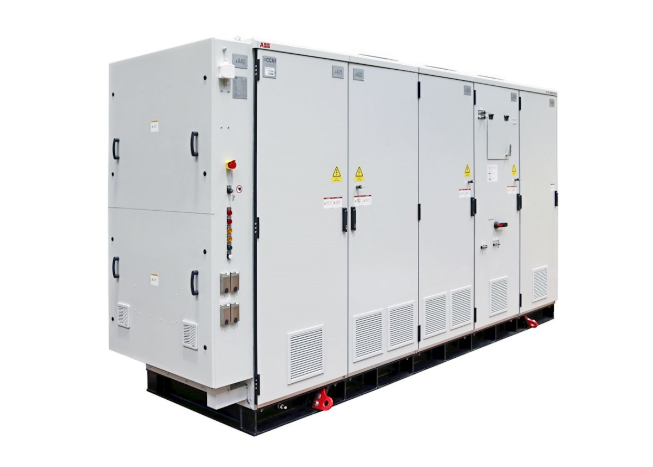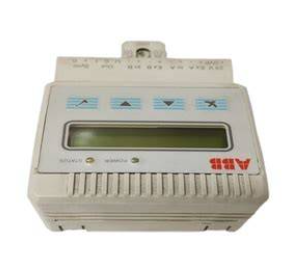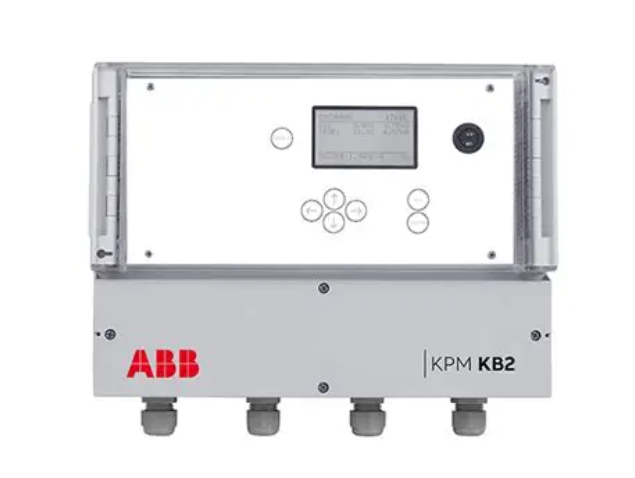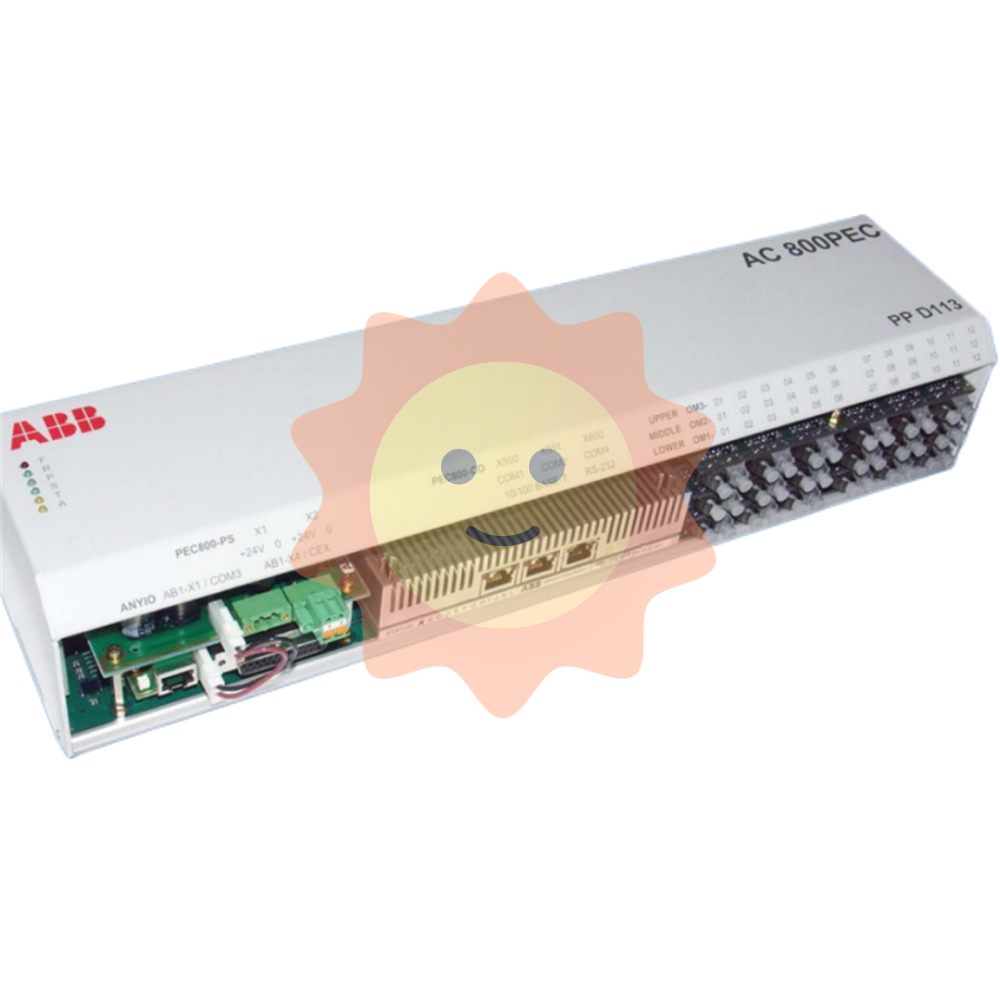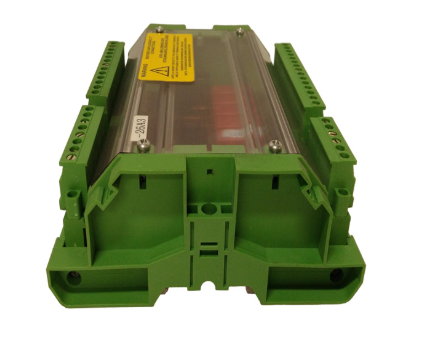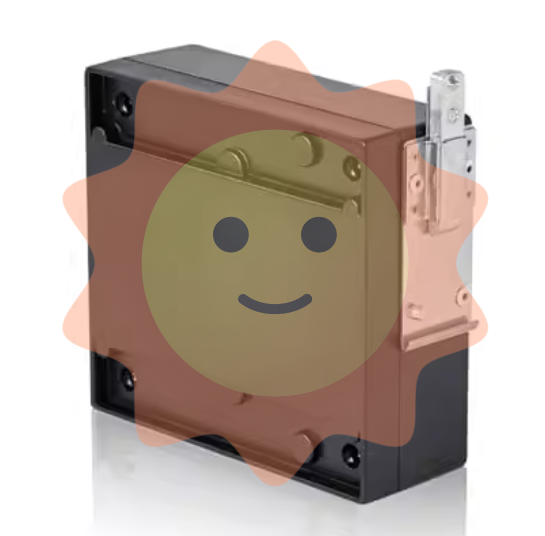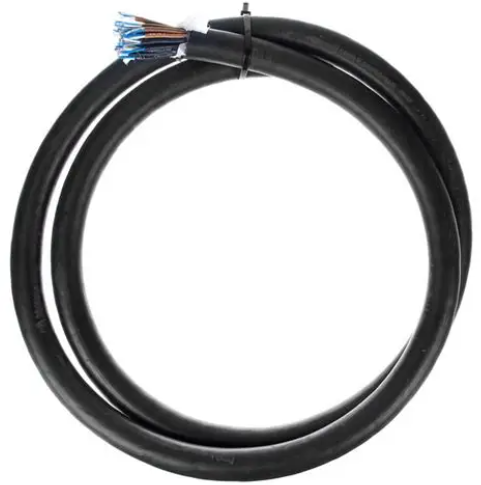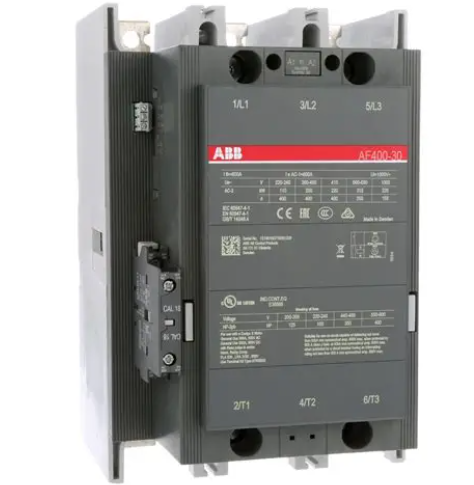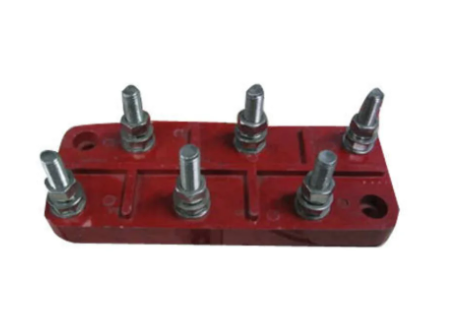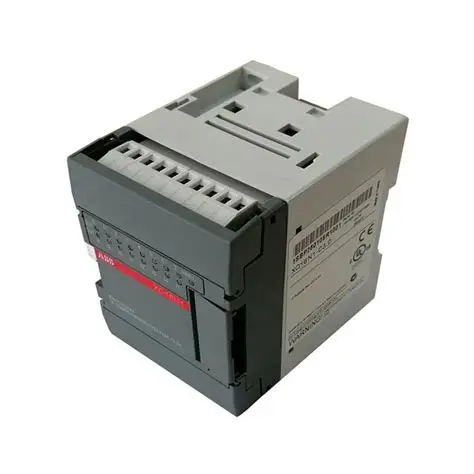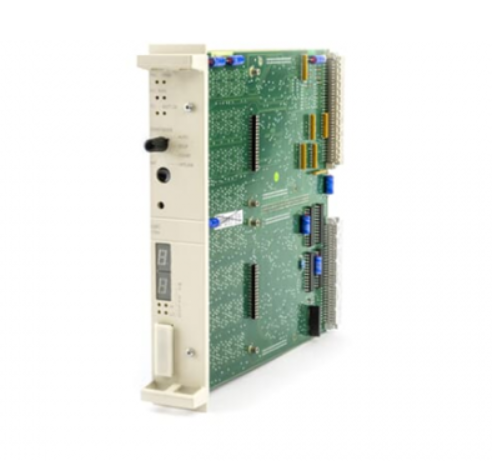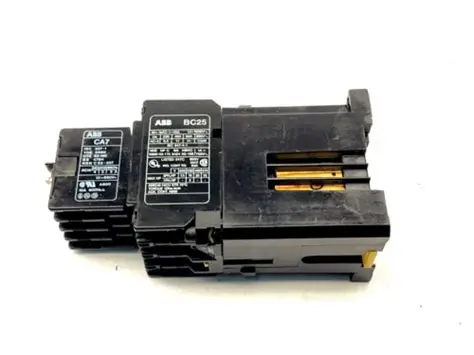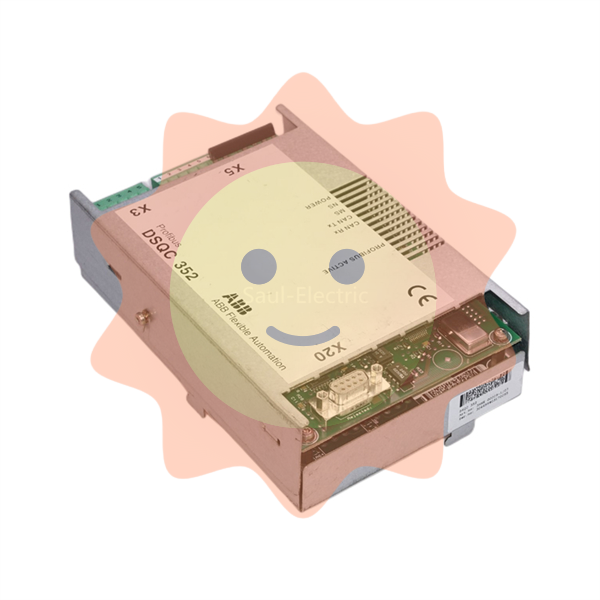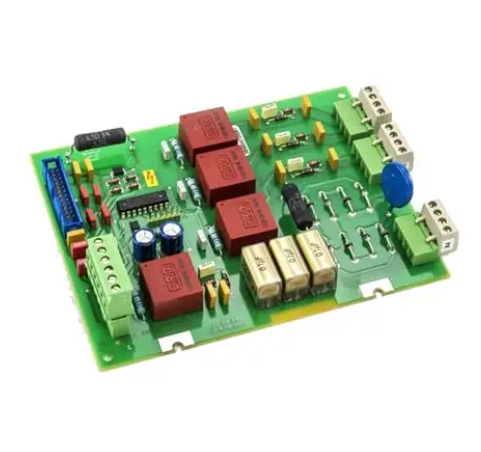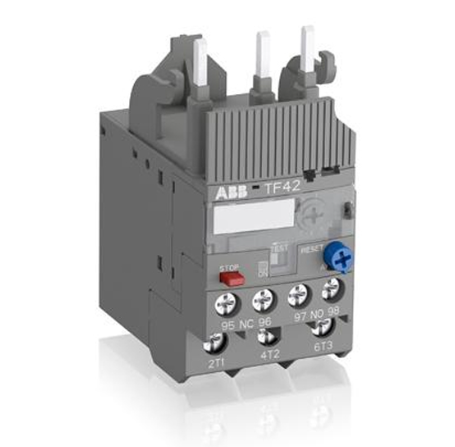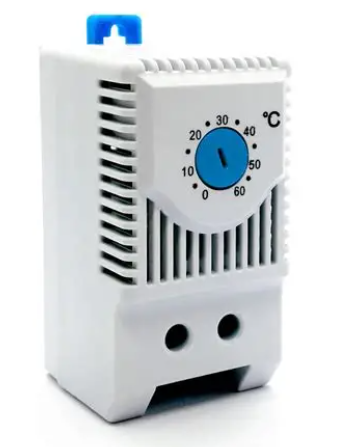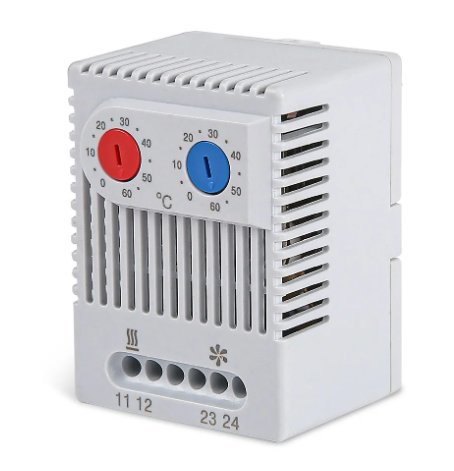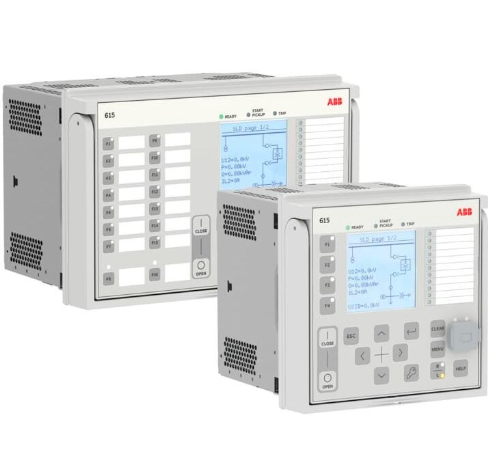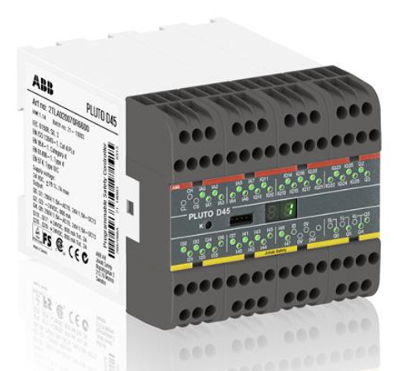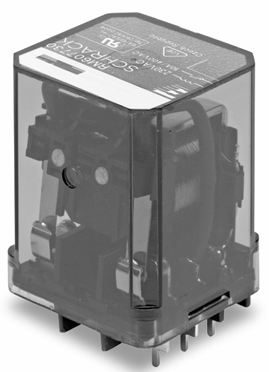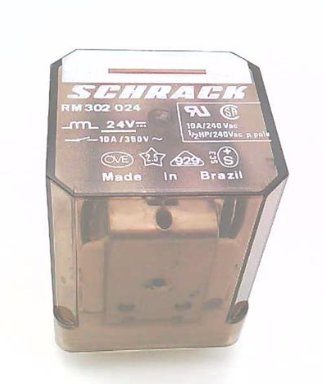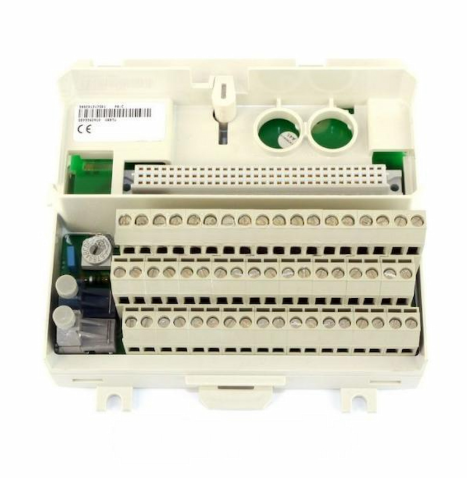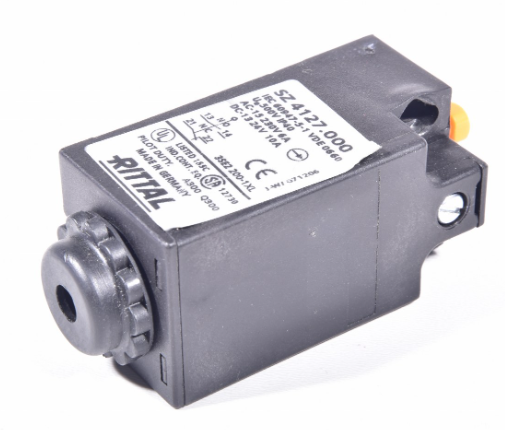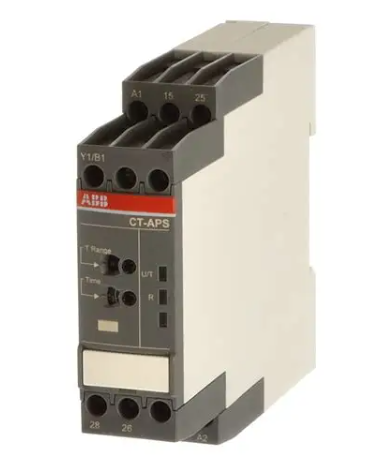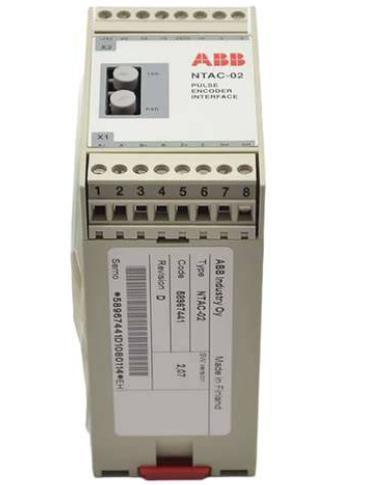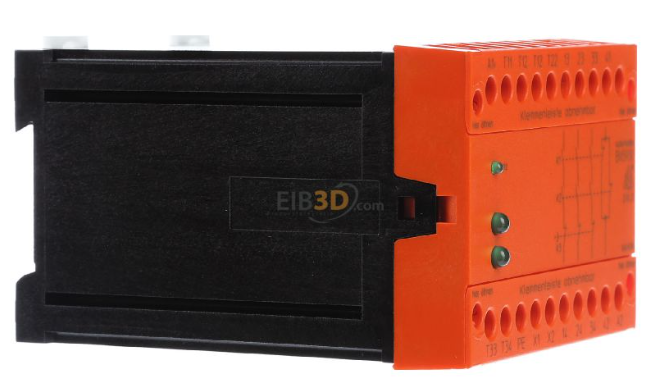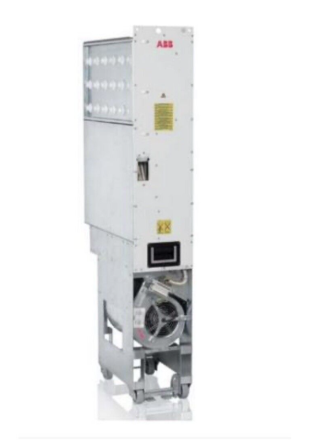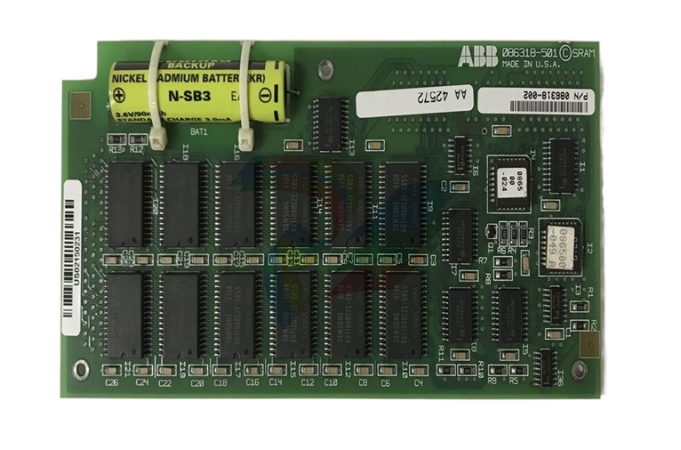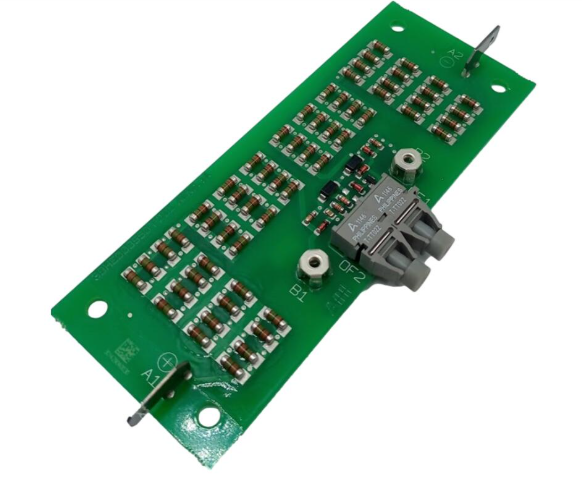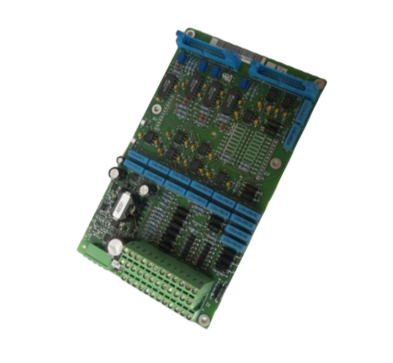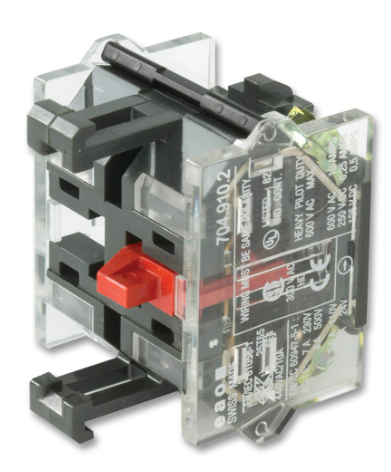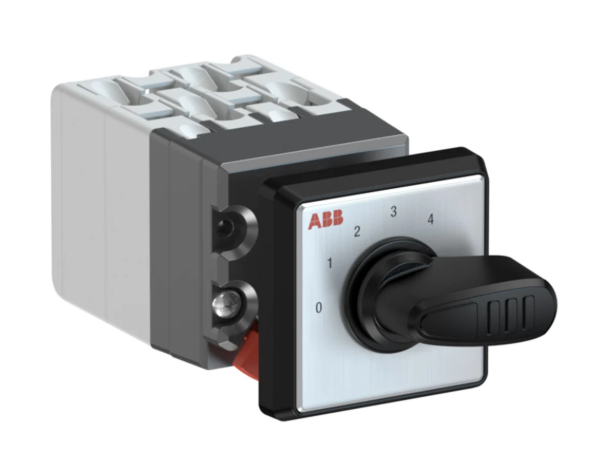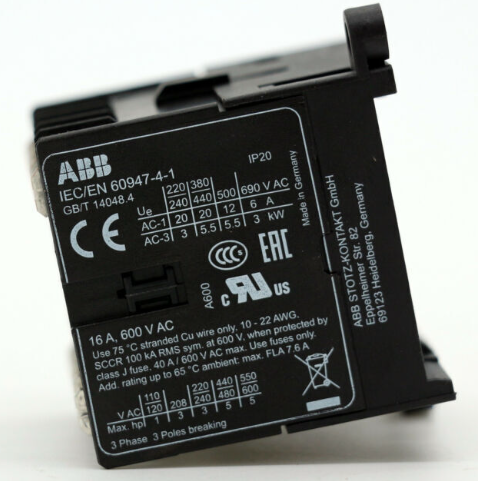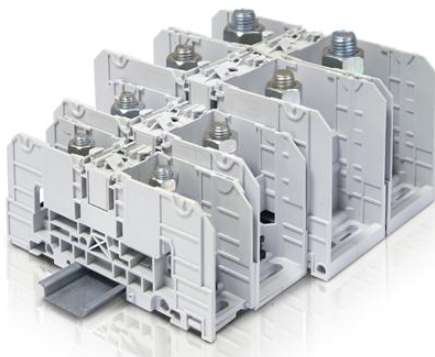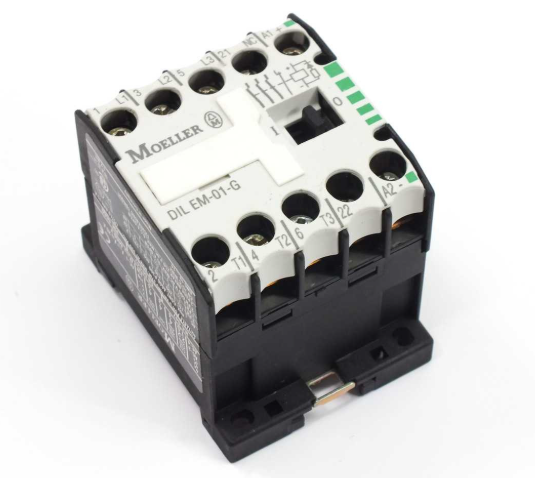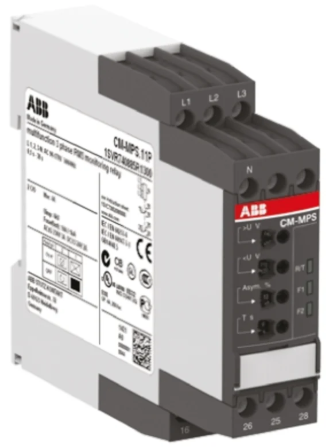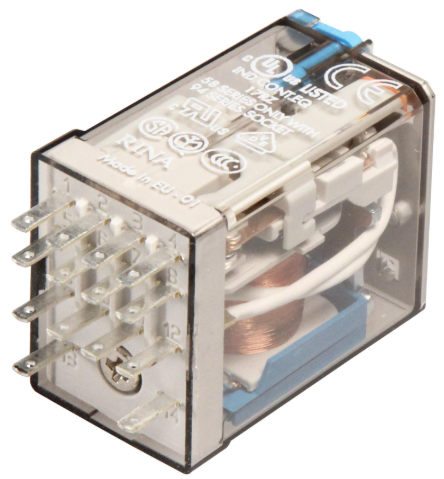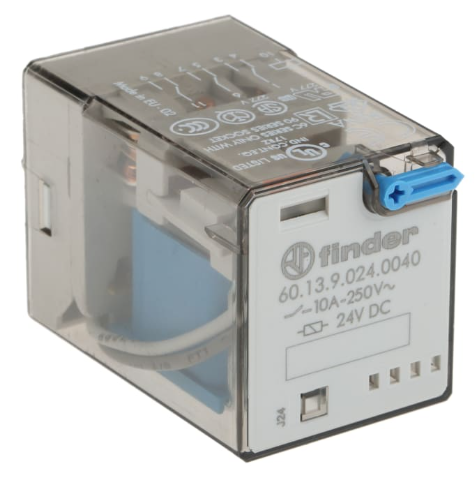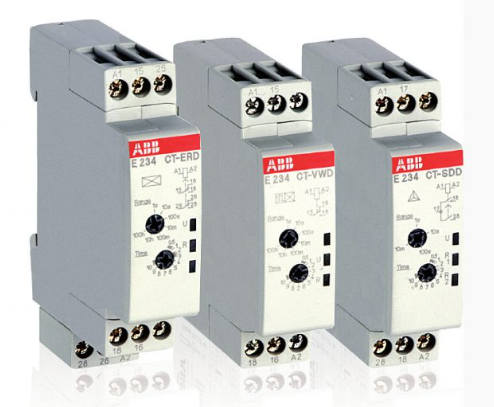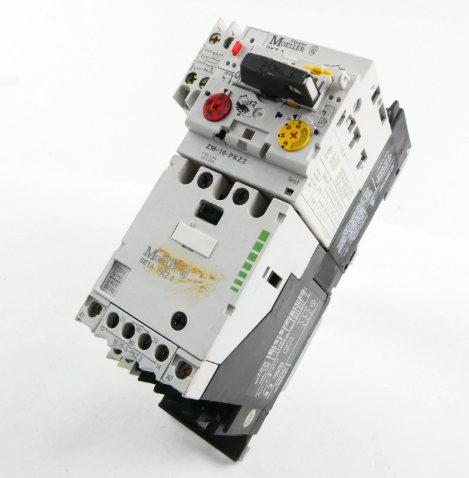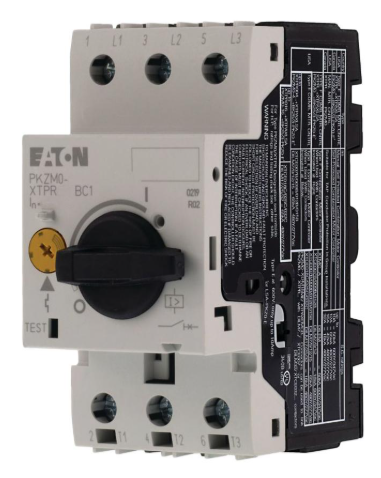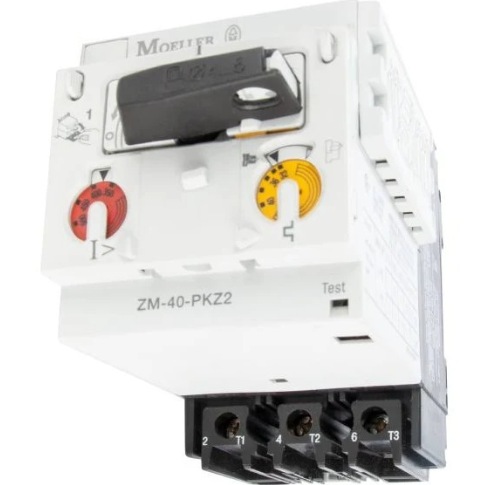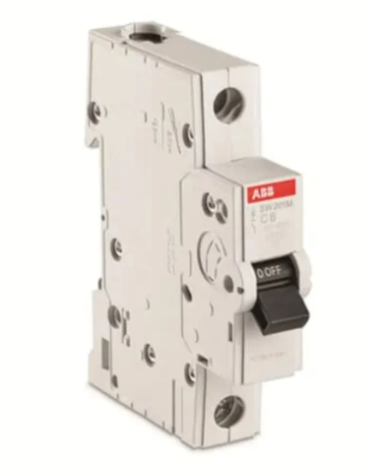AB 1785-ENET PLC-5 Ethernet Interface Module
AB 1785-ENET PLC-5 Ethernet Interface Module
Basic information: This manual is intended for control engineers who are responsible for designing, installing, programming, or debugging the use of this module, and who have knowledge of PLC-5 programmable controller products and Ethernet-related topics such as TCP/IP protocols, Internet addressing, etc. The manual is intended to guide the user in the installation and configuration of this interface module to enable communication over Ethernet. The manual is intended to guide the user in the installation and configuration of the interface module for communication over Ethernet.
Installation Guide
Preparation: Prepare equipment and tools such as the PLC-5 Ethernet interface module, 58-pin connector plug, related manuals, record the Ethernet hardware address, and take precautions against static electricity.
Installation Procedure: Firstly, carefully align and insert the connector plug into the PLC-5 processor, then connect the interface module to the processor and tighten the screws, and finally install the combination module into the left slot of the 1771 I/O chassis, and make sure the power of the chassis is switched off during the whole installation.
Disassembly points: first cut off the power, lift the locking lever, and at the same time lift the ejector tab to remove the module, be careful to avoid damaging the components when separating the module from the processor.
Configuration
IP address assignment: Each Ethernet hardware address needs to be configured with a unique IP address, which can be entered manually in the programming software or dynamically assigned through the server using the BOOTP protocol.
Manual configuration: In the programming software, first disable BOOTP and then enter the Ethernet-specific information such as diagnostic file number, IP address, etc. in sequence.
BOOTP Configuration: There should be a BOOTP server in the network, edit the BOOTPTAB file, input the module's hardware address, IP address and other information, save it, run the server and restart the chassis.
Communication Function
Status monitoring: Judge the operation status of the module by observing the LEDs, such as the STAT light is always on in green which indicates normal connection to the network, and blinking red which indicates a fault. You can also check the Ethernet status data with the help of diagnostic files to understand the communication situation.
Use of MSG command: This command is used to transfer data, and when using it, you need to set the control block and command parameters, such as command type, data address, number of elements to be transferred, etc., and it can be used to communicate with a variety of devices.
Communication with ControlLogix devices: With the ControlLogix 1756-ENET module, configure the MSG instruction and related parameters, such as setting the Link ID number, to communicate with other PLCs and SLC processors.
Specifications and Diagnostics
Module specifications: Covering electrical, environmental, mechanical and other parameters, such as backplane current of 2.2A, operating temperature of 0-60°C, support for 64 simultaneous connections, etc., with CSA, UL, CE and other approvals.
Performance Data: Provides PLC to PLC and workstation to PLC performance data under different operation and data volume, such as MSG per second, time per MSG, words per second, etc.
SNMP Management Information Base: The module supports SNMP, and the MIB II data set contains management information on system, interface, UDP, IP, ICMP, TCP, and so on.
Error Code: When the status LED blinks red, it indicates a fault, and the error code is displayed through a specific blinking sequence, according to which the type of fault can be judged, e.g. 01 means that the General 68000 test has failed.
Technical specification parameters
Electrical parameters: The backplane current is 2.2A, this parameter determines the amount of current obtained from the backplane when the module is working, a stable current supply is the basis for normal operation of the module. The heat dissipation is 37.54 BTU/hr, which reflects the rate of heat generated by the module in the working process. Reasonable heat dissipation design helps to maintain the stable working temperature of the module, avoiding performance degradation or failure due to overheating.
Environmental parameters: the working temperature range is 0 to 60°C (32 - 140°F), the storage temperature range is -40 to 85°C (-40 - 185°F), this wide range of temperature adaptability enables the module to be stored and used in different environmental conditions, whether in cold storage environment or hot industrial production site, can ensure a certain degree of adaptability. The relative humidity requirement of 5% to 95% (non-condensing) ensures that under different humidity environments, the module will not cause short-circuit and other problems due to water vapour condensation inside the module, which guarantees the electrical performance and stability of the module.
Mechanical parameters: In terms of impact, it can withstand 30 g peak acceleration with a duration of 11 ± 1 ms during operation, and 50 g peak acceleration with a duration of 11 ± 1 ms during non-operation. This makes the module resistant to mechanical shocks, such as bumps during transport of equipment and vibrations at industrial sites, and reduces the risk of damage to internal components caused by shocks. Vibration parameters are 2 g @ 10 to 500 Hz, 0.012 inches peak-to-peak displacement, indicating that the module in a certain frequency and displacement range of anti-vibration performance is good, can adapt to the common vibration in industrial environments, to ensure that the module in the vibration of the reliable operation of the environment.
Communication Parameters: Adopting Ethernet (TCP/IP protocol) for communication, network connection is achieved through the 15-pin AUI transceiver port, which ensures stable communication with other devices that support TCP/IP protocol. It supports 64 simultaneous connections, which means that the module is able to establish connections with multiple devices at the same time, meeting the needs of multi-device communication in complex industrial networks. At the same time, the availability of 512 unsolicited definitions (for the RSLinx and INTERCHANGE software packages) provides more flexibility and scalability for data interaction between the associated software and the module.
Other parameters: The module fits into the second left slot of the 1771-A1B, -A2B, -A3B, -A3B1, -A4B chassis and is connected to the processor. The clear mounting position specification helps users to accurately install the module in the system integration and ensures the structural integrity and stability of the system. The module's keyless design simplifies installation by eliminating the need for complex keying operations. At 0.95 kg (2.1 lbs), the module's moderate weight allows for easy installation, handling and maintenance.
Certifications: CSA Class I, Division 2, Groups A, B, C, D certified, indicating that the module complies with relevant electrical safety standards and is safe for use in certain hazardous environments; UL listed, further demonstrating the module's reliability in terms of safety performance; and CE-marked, which complies with all applicable directives, meaning that the module The CE marking and compliance with all applicable directives means that the modules meet the relevant safety, health and environmental requirements of the European market and are qualified for sale and use in Europe.
- EMERSON
- Honeywell
- CTI
- Rolls-Royce
- General Electric
- Woodward
- Yaskawa
- xYCOM
- Motorola
- Siemens
- Rockwell
- ABB
- B&R
- HIMA
- Construction site
- electricity
- Automobile market
- PLC
- DCS
- Motor drivers
- VSD
- Implications
- cement
- CO2
- CEM
- methane
- Artificial intelligence
- Titanic
- Solar energy
- Hydrogen fuel cell
- Hydrogen and fuel cells
- Hydrogen and oxygen fuel cells
- tyre
- Chemical fiber
- dynamo
- corpuscle
- Pulp and paper
- printing
- fossil
- FANUC
- Food and beverage
- Life science
- Sewage treatment
- Personal care
- electricity
- boats
- infrastructure
- Automobile industry
- metallurgy
- Nuclear power generation
- Geothermal power generation
- Water and wastewater
- Infrastructure construction
- Mine hazard
- steel
- papermaking
- Natural gas industry
- Infrastructure construction
- Power and energy
- Rubber and plastic
- Renewable energy
- pharmacy
- mining
- Plastic industry
- Schneider
- Kongsberg
- NI
- Wind energy
- International petroleum
- International new energy network
- gas
- WATLOW
- ProSoft
- SEW
- wind
- ADVANCED
- Reliance
- YOKOGAWA
- TRICONEX
- FOXBORO
- METSO
- MAN
- Advantest
- ADVANCED
- ALSTOM
- Control Wave
- AB
- AMAT
- STUDER
- KONGSBERG
- MOTOROLA
- DANAHER MOTION
- Bently
- Galil
- EATON
- MOLEX
- Triconex
- DEIF
- B&W
- ZYGO
- Aerotech
- DANFOSS
- KOLLMORGEN
- Beijer
- Endress+Hauser
- MOOG
- KB
- Moxa
- Rexroth
- YAMAHA
- Johnson
- Westinghouse
- WAGO


Email:wang@kongjiangauto.com


